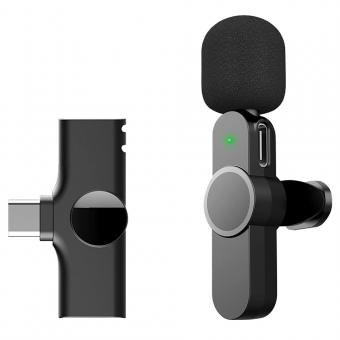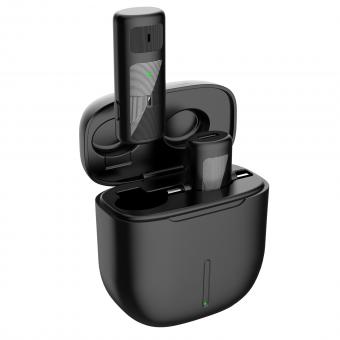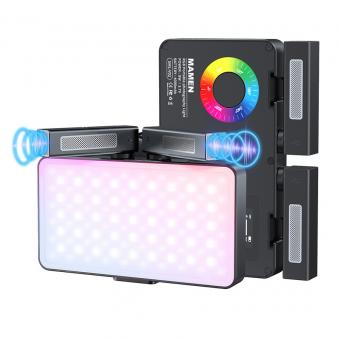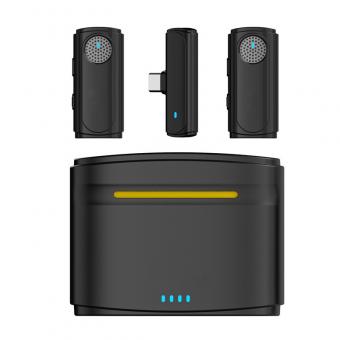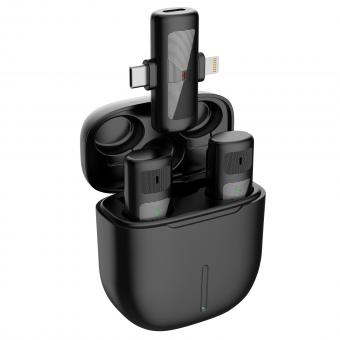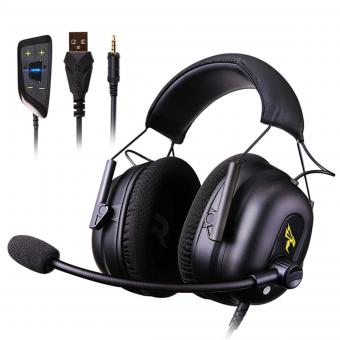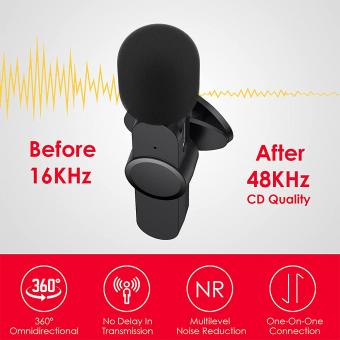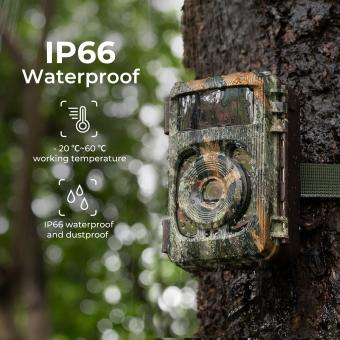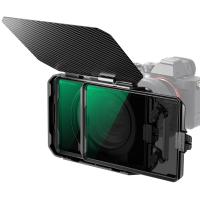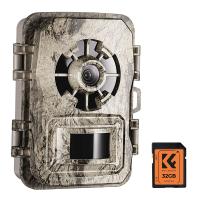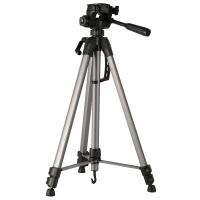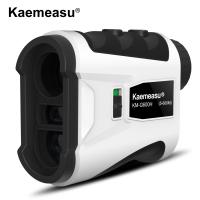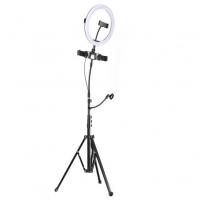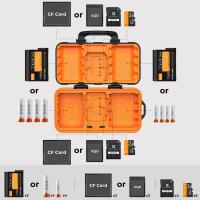What Does Static Sound Like On A Record?
Vinyl records have been a beloved medium for music enthusiasts, often regarded for their warm, rich sound quality that digital formats sometimes fail to replicate. However, one of the common issues that record listeners encounter is static noise. This peculiar phenomenon is not only a hallmark of the analog experience but also a frustrating detriment to enjoying high-fidelity audio. In this article, we will delve into what static sounds like on a vinyl record, explore the causes of static noise, and provide practical solutions to minimize or eliminate it.
Understanding Static Sound on a Record
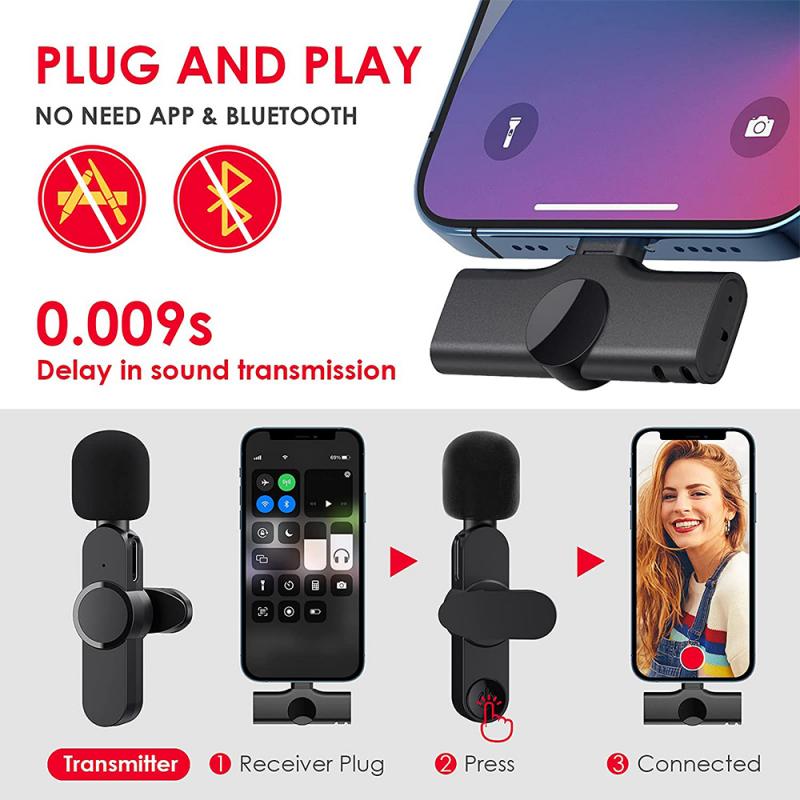
Static noise on a vinyl record is often described as a crackling, popping, or hissing sound that interrupts the music playback. These noises are irregular and unpredictable, which can make them particularly distracting. Unlike the steady hiss of tape hiss or the occasional screech of a scratched CD, static on a record is more erratic and can range from subtle background noise to loud, disruptive sounds.
The Characteristics of Static Noise

1. Crackling: This sounds like tiny fireworks or the snapping of small twigs. It's often intermittent and can vary in volume.
2. Popping: These are more isolated, louder sounds, akin to popcorn popping. They can be particularly jarring compared to the underlying music.
3. Hissing: A constant sound that resembles white noise. Though less common than crackling or popping, it can still detract from the listening experience.
Static noise on a vinyl record doesn't follow the rhythmic pattern of the music and usually appears more prominently during the quieter passages, though it can be heard throughout. Understanding these characteristics is the first step in diagnosing and addressing the issue.
Major Causes of Static Noise
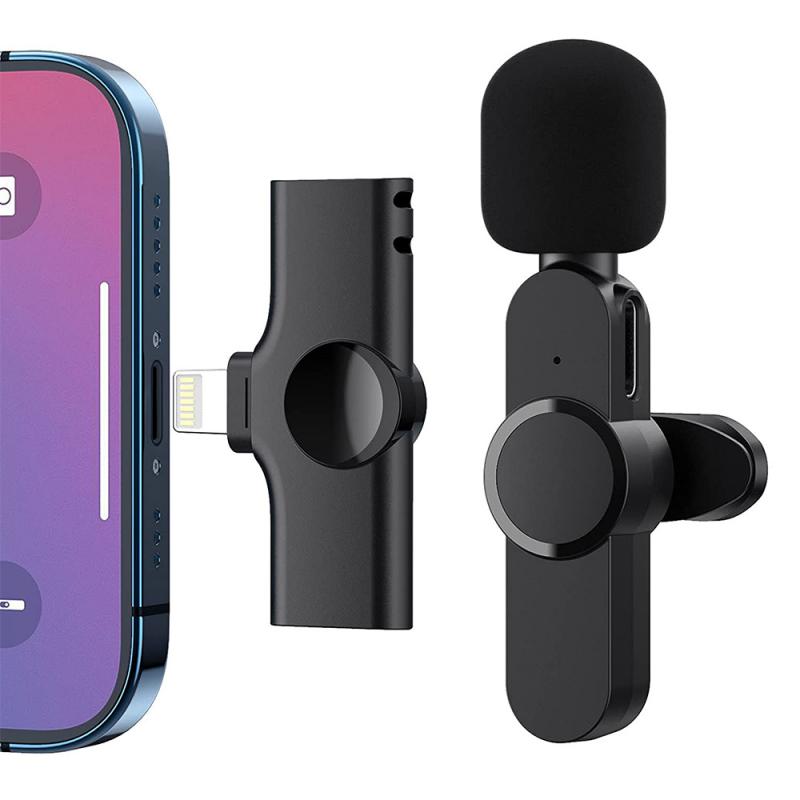
Several factors contribute to the static noise you hear on a vinyl record. Identifying the root cause is crucial to effectively minimizing or eliminating it. Here’s a look at the primary culprits:
1. Dust and Debris: Vinyl records attract dust and tiny debris, which can cause static noise. Even the most meticulously maintained records are susceptible to airborne particles settling into the grooves.
2. Static Electricity: The friction between the vinyl surface and the stylus can generate static electricity. Additionally, handling the record with static-laden fabrics or touching it frequently can amplify this issue.
3. Environmental Factors: Humidity and temperature variations can affect both the record and the equipment. Low humidity, for example, can exacerbate static buildup.
4. Equipment Issues: The condition and quality of your turntable, stylus, and other components can play a significant role. A worn-out or dirty stylus, improperly aligned cartridge, or low-quality turntable can contribute to poor sound quality, including static noise.
5. Manufacturing Defects: Sometimes, the static noise is inherent in the record due to manufacturing defects. Poorly pressed vinyl can have impurities or inconsistencies that create noise during playback.
Practical Solutions to Minimize Static Noise
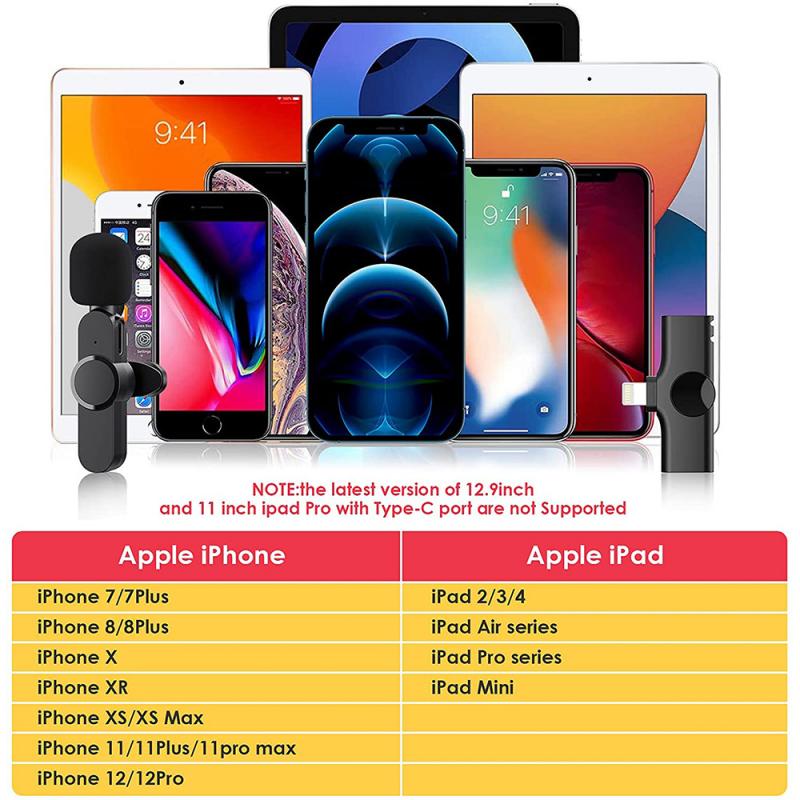
Static noise can be mitigated with care and attention to both your records and playback equipment. Here are detailed solutions to fight against each of the common causes:
Regular Cleaning and Maintenance
1. Cleaning the Record: Invest in a quality record cleaning kit that includes a brush and cleaning solution. Regularly clean your records to remove dust and particles from the grooves. Additionally, consider using an anti-static brush before each play.
2. Cleaning the Stylus: The stylus, or needle, should be kept clean using a stylus brush or specialized cleaning solution. This prevents debris buildup that can cause noise.
Reducing Static Electricity
1. Anti-Static Measures: Use anti-static sleeves for storing records. These sleeves help reduce static buildup. Additionally, anti-static guns or cloths can be used to neutralize static charge on records before playback.
2. Handling Records Correctly: Always handle your records by the edges, avoiding contact with the grooves. This minimizes the transfer of oils and static from your hands.
Optimizing the Listening Environment
1. Control Humidity: Use a humidifier in your listening room during dry weather to maintain an optimal humidity level, thereby reducing static electricity. Ideal humidity levels for vinyl records are around 40-60%.
2. Temperature Control: Avoid exposing records to extreme temperatures. Keep them in a cool, stable environment to prevent warping or developing static.
Equipment Check and Upgrade
1. Stylus and Cartridge: Regularly inspect the stylus for wear and replace it as recommended by the manufacturer. An aligned and high-quality cartridge can drastically reduce noise.
2. Turntable Quality: Ensure your turntable is level and operates smoothly. High-quality turntables are designed to minimize noise and other issues.
3. Cables and Connectors: Inspect your audio cables and connectors for wear or damage. Poor connections or faulty cables can introduce noise into the audio signal.
Identifying Manufacturing Defects
1. Inspecting New Records: When purchasing new records, inspect them for visible defects. If you suspect a manufacturing defect, consider returning or exchanging the record.
2. Testing on Different Equipment: Sometimes a record may produce noise on one setup but not another. Testing the record on different turntables can help determine if the issue is with the record or your equipment.
Conclusion and Final Thoughts
The timeless appeal of vinyl records comes with its set of challenges, namely static noise. Understanding the nature of this static and its various causes is integral to enhancing your listening experience. Regular cleaning and maintenance, anti-static measures, an optimized environment, and quality equipment are essential tools in combating static noise. By implementing these practical solutions, you can significantly reduce, if not entirely eliminate, the static noise that stands between you and the pristine sound of analog music.
In summary, static noise on a vinyl record, while common, doesn't have to be a persistent problem. Armed with the knowledge of what causes it and how to address those causes, you can enjoy the rich, warm sound of vinyl with minimal interruption. Whether you're a seasoned collector or new to the world of vinyl, these measures will help ensure your records provide the best possible listening experience.



